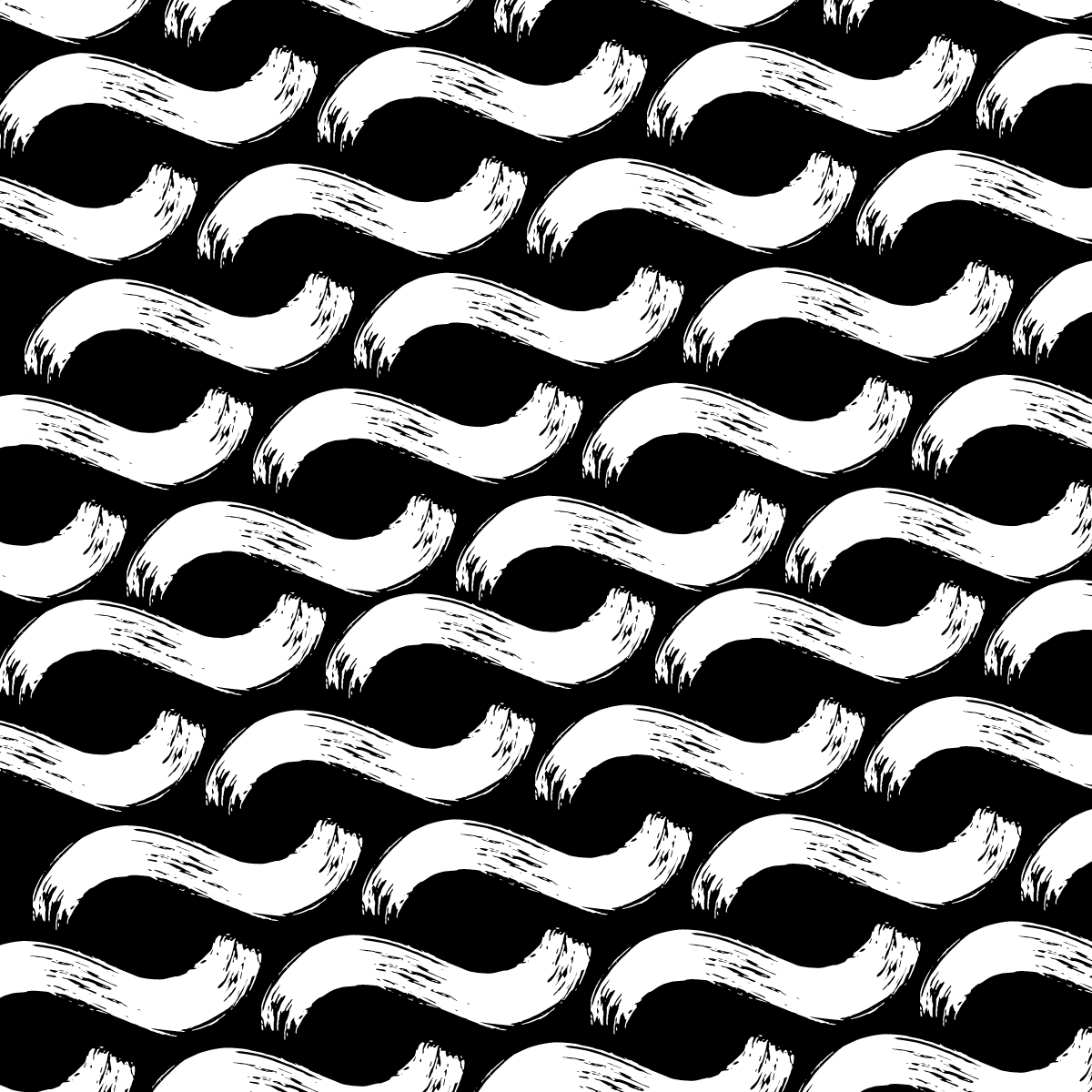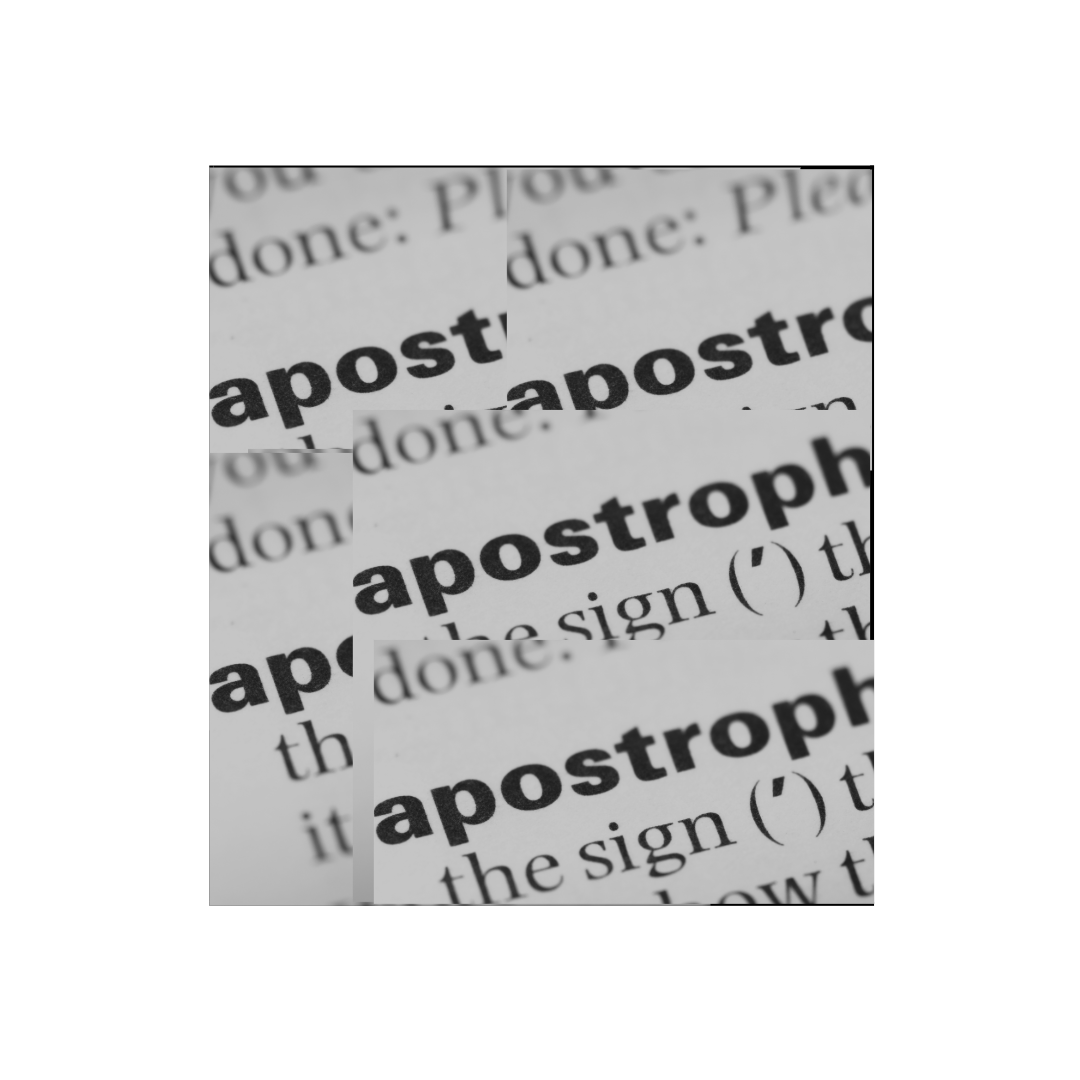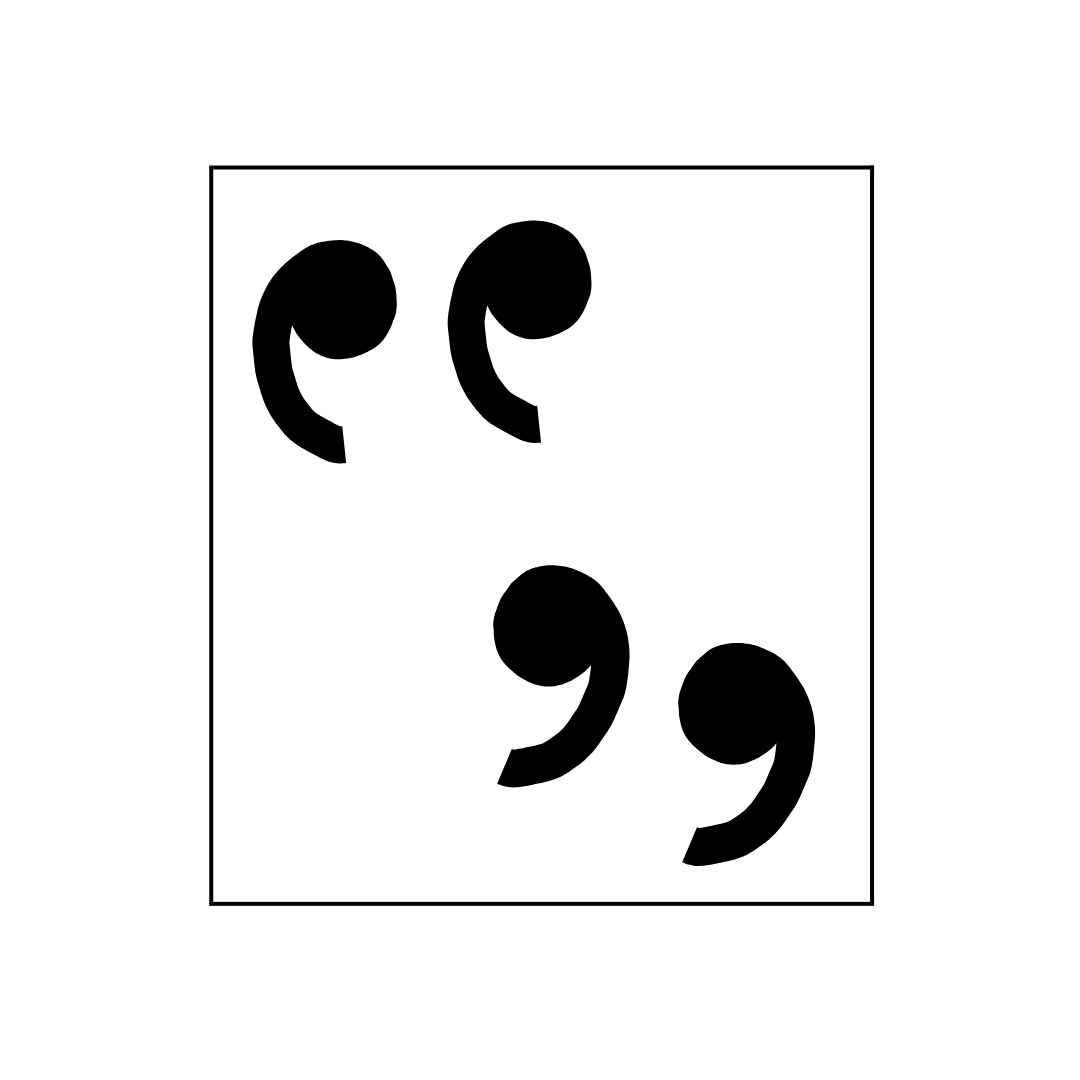Referencing and Attribution
Referencing
and Attribution
Referencing helps readers identify the sources you use. It can help them delve further into subjects, understand and challenge the ideas presented, and know who created the ideas, artworks or anything else not original to the piece of writing. Referencing helps give credit where credit is due and allows your readers to interrogate the sources of your work—to challenge your thinking or to find inspiration on their own.
Neglected referencing can have you accused of plagiarism. In academia this can culminate in failed assignments, suspension or expulsion. Your university, faculty or publication will have a prescribed style to use. You can find the RMIT guide at <https://www.rmit.edu.au/library/study/referencing>.
Outside academia, referencing and attribution can take many different forms: a work of fiction that points to sources of inspiration in the acknowledgements page and attributes any copyright material; hyperlinks to sources in online news; referencing in government and professional documents that more closely resembles academic referencing.
The go-to
styles
-
Footnote, bibliography or author-date
Chicago Manual of style 18th ed
-
Author, date in text
-
Footnotes, Bibliography
Specialist
Referencing Styles
When editing specialist or academic works, it is important to be aware that many disciplines (Law, Medicine, etc) have their own referencing styles. Each publisher, publication or university will have a recommended style. Below are the most common, discipline-specific styles.
-
Style: AGLC
Australian Guide to Legal Citation, 4th edition
-
Style: ACS
American Chemical Society Guide to Scholarly Communication
-
-
-
-
Style: CSE
Council of Science Educators Manual for authors, editors, and publishers, 9th edition
-
Style: IEEE
Institute of Electrical and Electronics Engineers Reference Style Guide for Authors (2018)
-
Style: MLA
The Modern Language Association Handbook 9th edition






